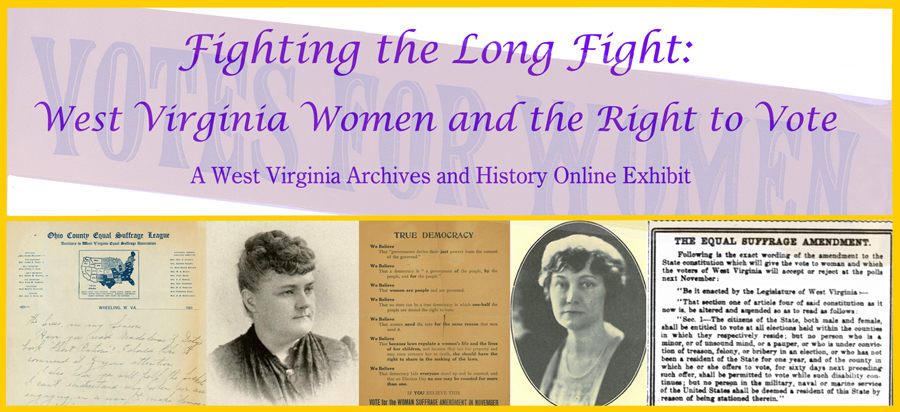
 The right to vote existed in some places in the ancient world, but for much of human history, the majority of people have been excluded from participation in the political process. Male suffrage was gradually extended in some countries beginning in the late Middle Ages; however, there still are places where citizens do not have the right to vote. For women, the road to suffrage generally has taken longer than for men. Before the mid-1800s, women briefly had the right, often limited, to vote in a handful of countries or local communities. In the United States, the first important step toward woman suffrage came in July 1848, when a group of men and women gathered at Seneca Falls, New York, for the Seneca Falls Convention. The Declaration of Sentiments, modeled after the Declaration of Independence, asserted women's equality with men and demanded "immediate admission to all the rights and privileges which belong to them as citizens of these United States," including elective franchise. A series of other women's rights conventions followed, interrupted by the Civil War. In 1869, two national organizations, the National Woman Suffrage Association and the American Woman Suffrage Association, were formed, the former by Susan B. Anthony and Elizabeth Cady Stanton among others and the latter by Lucy Stone. The rival groups held differing opinions about several issues, including the Fifteenth Amendment, which granted suffrage to African American males. The all-female National Woman Suffrage Association contended that the amendment should not pass unless women were given the right to vote as well. The less militant American Woman Suffrage Association did not oppose the Fifteenth Amendment. In 1890, the two groups would unite as the National American Woman Suffrage Association (NAWSA). By then, Wyoming Territory had given women the right to vote (1869), a right that was retained when Wyoming was admitted as a state in 1890. Three years later, Susan B. Anthony voted in New York in the 1872 presidential election, was arrested, and the following year was convicted and fined, which she refused to pay. A woman suffrage amendment was introduced in the U.S. Senate in 1878, but it would be 41 years before it would pass. In commemoration of the ratification of the Nineteenth Amendment of the U.S. Constitution, which gave women the right to vote, in 1920, Archives and History has created the online exhibit, "Fighting the Long Fight: West Virginia Women and the Right to Vote." Questions about the online exhibit should be directed to Mary Johnson, [email protected].
Table of Contents
Chapter One: Beginning the Long Fight
Women in the West Virginia Woman Suffrage Movement
|